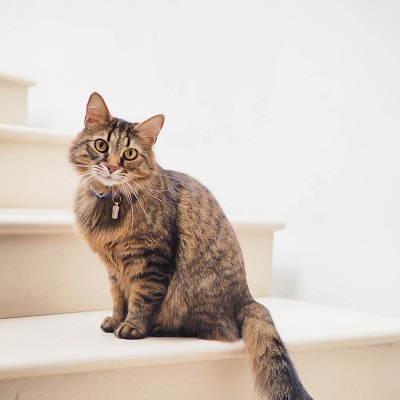Vetpharmacy.co.uk Cookie Policy : We use cookies to enhance your user experience. To find out more please view our cookie policy
Diabetic Cats & Dogs: Treating & Managing Diabetes In Animals
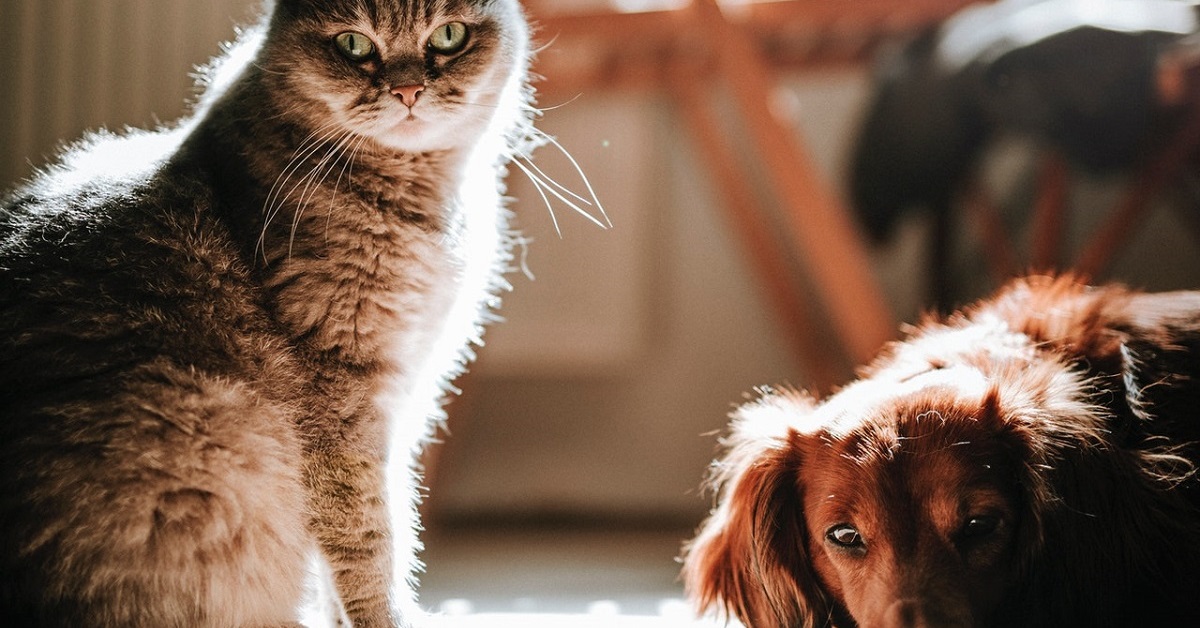
It’s common for pets like cats and dogs to develop diabetes. As a pet owner, you always worry about your animals. Knowing whether your cat or dog is exhibiting diabetes symptoms is critical in saving their life.
What causes diabetes in animals?
Similar to humans, pets that are diabetic don’t have the ability to produce enough insulin. Their bodies may also not enable them to make good use of insulin.
The pancreas produces insulin allowing glucose to enter cells from the blood. This enables the body to function correctly. Just like humans, animals such as cats and dogs can suffer from type 1 or type 2 diabetes.
Symptoms of diabetes in pets
Symptoms and complications associated with diabetes in animals are similar to humans. Below are symptoms that could show that your animal is suffering from diabetes.
The symptoms include:
- Losing weight, even though there is an increase in appetite
- Excessive urination and thirst
- Production of ketacidosis and breakdown of body fat
- Lower appetite
- Pungent breath that has a chemical smell
- Complications linked to diabetes
How to treat diabetes in pets
Insulin is normally considered the best treatment option for type 1 as well as type 2 diabetes. We can prescribe special insulin for you. If you have a diabetic pet, you should discuss how to ideally prepare the insulin and the quantity required for your pet.
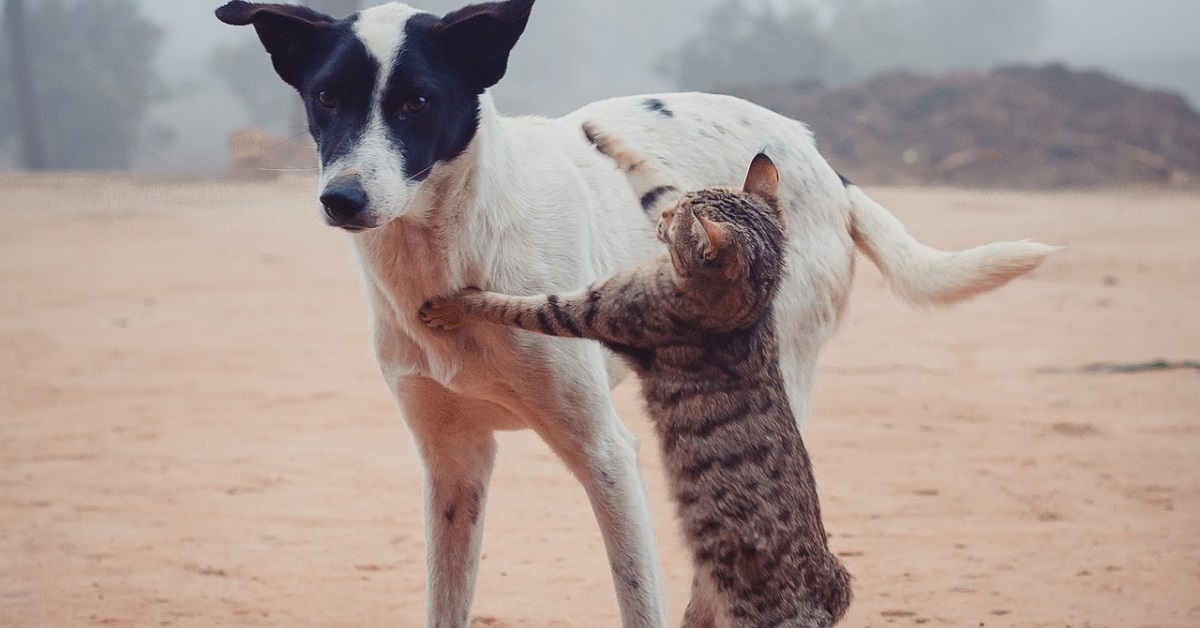
How to manage pet diabetes
It’s very important to monitor diabetes closely in animals, just like in humans in order for them to live a long and healthy life.
When you control diabetes in pets, they usually lead a normal life like having a stable weight, increased alertness and activity, good vision, a normal appetite, and regular urination and thirst frequency. Blood sugar in animals is mainly controlled in 3 parts: exercise, diet, and blood glucose monitoring.
- Diet
A dog or cat that has diabetes should eat dried or canned food. However, it’s critical to keep off foods that are semi-moist because they may contain a high sugar content. You should get advice and more information from a qualified vet regarding when to feed your pet taking insulin.
Here is some food that we recommend:
Royal Canin Canine Diabetic Dry Food
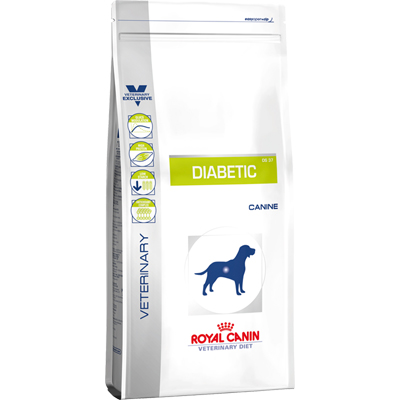
Royal Canin Canine is a complete dietetic feed for dogs formulated to regulate glucose supply (Diabetes Mellitus).
Royal Canin Feline Diabetic Wet Food
Royal Canin Feline is a complete dietetic feed for cats formulated to regulate glucose supply (DiabetesMellitus).
- Blood Glucose Monitoring
Accurately monitoring your pet’s blood glucose levels enables a vet to come up with insulin type or regime changes. Some pet owners learn to do this by themselves at home.
Here is one of our best insulin syringes to make injections more comfortable.
Sol-Vet Insulin 0.5ml Syringe U40
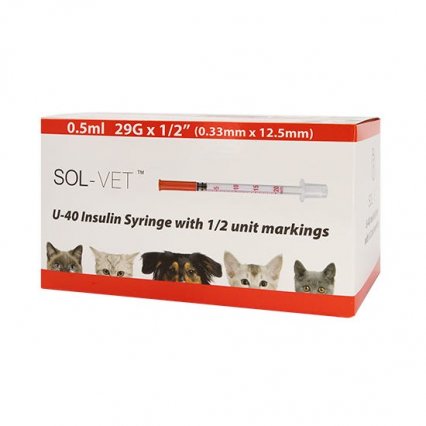
Sol-Vet Insulin Syringes are fit for use with Caninsulin to administer intravenous medication to cats and dogs.
- Exercise
Often, diabetes attacks animals that are obese or overweight when insulin resistance occurs because of excess fats. Walking with your pet daily is ideal healthwise for both of you.
The best way to manage diabetes in pets such as dogs and cats is by keeping their blood sugar levels near normal. You need to also keep off levels that are too low or too high which can be life-threatening.
Check out our and pages for more healthy products.
This blog post was written on behalf of Vet Pharmacy by Pharmacy Mentor.
